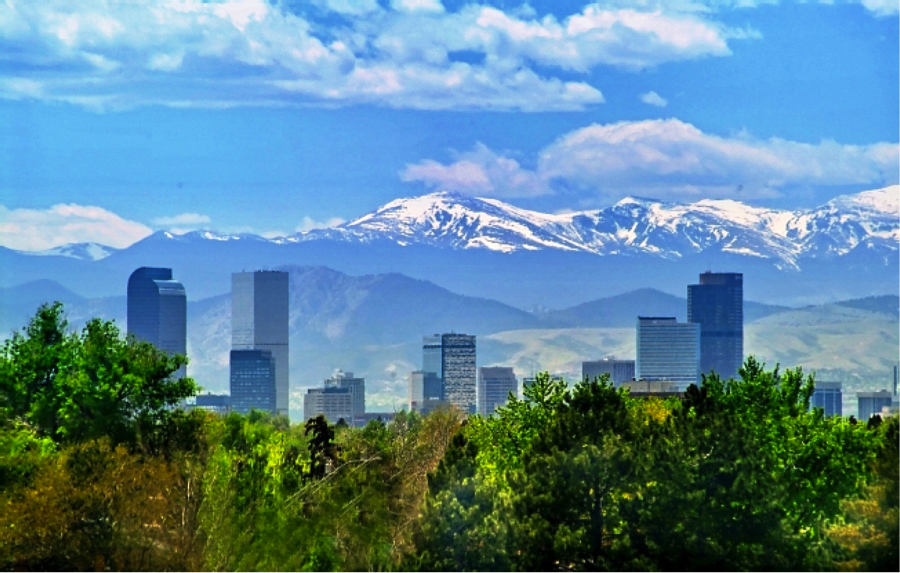By: Emily Fountain
The use of genetically modified (GM) foods, often referred to by critics as ‘Frankenfood’, has stirred controversy at home and abroad for decades. This debate has recently erupted and become a pivotal point of contention for North America, Africa, and Europe in the years following the introduction of the first genetically modified food.
In the mid 1990s, the company Calgene was permitted to sell their genetically engineered tomato, FlavrSavr. It was manipulated in order to prevent rotting and decay that occurs in typical tomatoes, and, for the most part, consumers responded positively to the new product. But, commonplace to free markets, competition soon entered and swept FlavrSavr out along with it. However, remnants of it survived in the form of a tomato puree that eventually reached receptive consumers in Europe.
All of that, however, came to an end when a prominent scientist in the UK spoke out against GM foods after being commissioned to do a study on their effects. In his research, he found precancerous conditions in lab rats that had been used in GM food testing, and attributed these conditions to genetic engineering. Utilizing visible media outlets, he sparked an exodus from GM foods in Europe.
Today, the European public resoundingly endorses a moratorium on the crops- extending not only to GM crops themselves, but also to crops including potential GM contaminants.
The United States responded a bit differently.
In most pragmatic terms, the United States sees possibilities and opportunities for producing GM foods; the applicability for such benefits lie beyond simply stabilizing their own food sources, but for garnering food security for other nations as well.
Following in the footsteps of Norman Borlaug and the Green Revolution, some countries have profited significantly in their production of genetically modified foods. Some of the most tangible of these results can be seen in various parts of Africa.
For decades, Africa’s food supplies have been scarce. In some areas, such as Somalia, this scarcity coupled with governmental interference and aid blockages, has led the country to be declared in a state of famine. With a crisis mirroring what occurred in in the early 1990s, Africa is in need of a solution- but only some countries are viewing biotechnology as the answer.
Even as this technology positions Africa at the precipice of a solution, a fear of losing its trading relationship with Europe threatens this new elucidation and it is only the larger and wealthier African countries that have invested.
South Africa, Burkina Faso, and Egypt were all producers of GM crops by 2008 and as of 2011; Kenya, Tanzania, Uganda, Malawi, Mali, Zimbabwe, Nigeria and Ghana began conducting research and field trials of GM crops, which may be the first step towards adoption.
Clearly these countries are open to consider the idea of GMOs (genetically modified organisms) and the food source they could help secure. But, with all the potential benefits why is Africa only considering this idea? Could it be that biotechnology would actually do more harm than good?
The answer is, at the very least, 3-fold.
The most obvious of these answers is Africa’s aforementioned trading relationship with Europe. In many areas it has been suggested that some African countries grow some GM crops for their own personal use, while still maintaining a section of non-GM crops for export to Europe.
What in theory seems like a valid suggestion is quickly dismissed by Europe’s policy that outlaws all crops produced or tainted by GM materials. And with crossover from GMO plots to non-GMO plots as a real possibility, the presence of GMOs in Africa at all could certainly fall subject to Europe’s scrutiny.
Perhaps most visible, but often most forgotten, is the sheer cost of procuring GM seeds. With small farmers accounting for 70 percent of the nation’s population, these seeds provide a high start-up cost that seems to be an insurmountable challenge to many of these farmers who lack adequate funds for procurement.
Finally, hidden beneath the surface lies yet another problem that Africa faces in light of biotech proponents—potential legal pitfalls. Although there are 23 countries that now employ biosafety laws, they also have strict liability clauses, which make companies liable for any mishaps. This sort of complication, allowing for a lawsuit over the slightest damage, makes private partnerships with African countries highly unattractive to GM food companies.
While the U.S. sees Africa’s concern as both valid and applicable, it is not a position they adopt. The United States is one of the largest proponents of genetically modified foods, and with 70 percent of processed food in the US meeting the definition of a GM food, it only makes sense that the US advocates on behalf of the technology they currently employ.
Currently, there are two types of genetically engineered crops that make up the majority of the market: IR/Bt (insect resistant) and HT (herbicide tolerant). According to the Center for Food Safety, HT crops currently make up about 70 percent of all GE crop acreage in the U.S.
The Human Genome Project cites many benefits that the U.S. has gained through the adoption of GM foods. They state that GM foods provide for an enhanced taste and quality, a reduced maturation time, an increase in nutrients, and improved resistance to disease, pests and herbicides along with new growing techniques and products.
With such a substantial push for GMOs to reach the continent of Africa, the U.S. and its respective companies must wrestle with the question of what is best for Africa and her people. Though GM food could save lives and alleviate food shortages in a way that is less damaging than conventional food aid, one must ask, “At what cost?”
Although there is not a clear answer, there is a broader picture to consider. And to fully grasp what that picture is now, it is necessary to remember what that picture once was.
In 2001, the southern most parts of Africa faced a major food crisis, leaving 10 million people- 28 percent of the population- in danger of starvation. Maize, the staple food in the country, had suffered a severe blow as an imported good. To combat this need, the World Food Program responded in August 2002. The US donated a significant amount of maize, but despite dire need, the maize was not received with open arms.
Due to the fact that 70 percent of maize made in the U.S. was (and is) genetically modified, Zambia, along with Zimbabwe, Mozambique and Malawi refused the food and the 18,000 tons that were donated and were put under guard and shipped out. Eventually, Zimbabwe, Mozambique, and Malawi agreed to accept the GM maize, but only after many precautionary steps. Zambia, however, only accepted the maize on behalf of refugee camps, and ultimately refusing it for their own people who were in varying states of starvation.
In response, President Mwanawasa told critics, “Simply because my people are hungry that is no justification to give them poison, to give them food that is intrinsically dangerous to their health.”
The government argued that because Americans have a much more varied diet they are not subject to the effects of GMOs the way that Africans, who eat maize three times a day, would be. Therefore, research the U.S. had conducted on her subjects does not translate to the potential consequences that GM foods could pose for African countries.
Yet, given the current state of the economy, coupled with unstable governments, food scarcity and impending wars, it seems the acceptance of GM foods is inevitable—at least in some parts of Africa.
Though these countries certainly do not view GM food as a panacea for the food shortage, they are starting to acknowledge them as a sort of stopgap measure.
Perhaps the future for these Frankenfoods can best be explained by the words of Frankenstein himself.
“The labours of men of genius, however erroneously directed, scarcely ever fail in ultimately turning to the solid advantage of mankind.”

